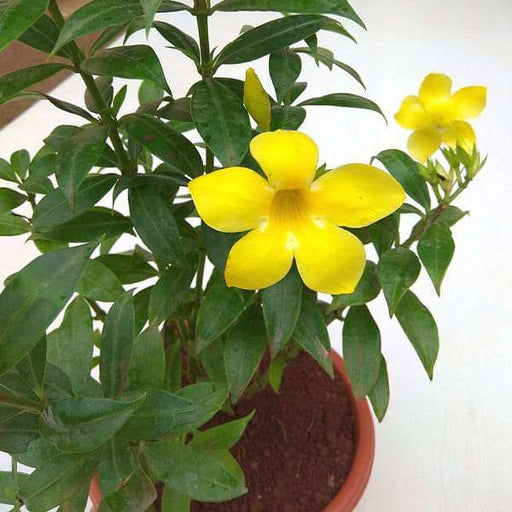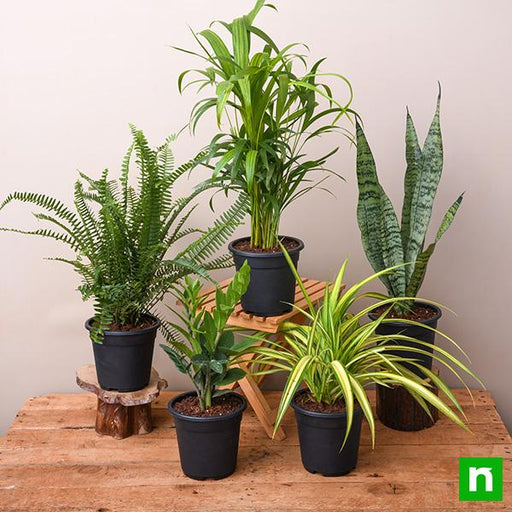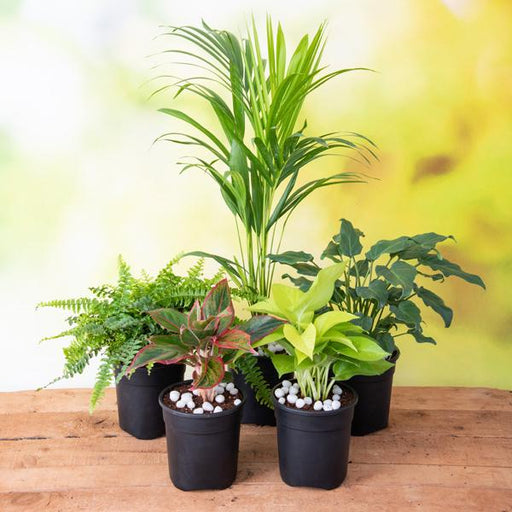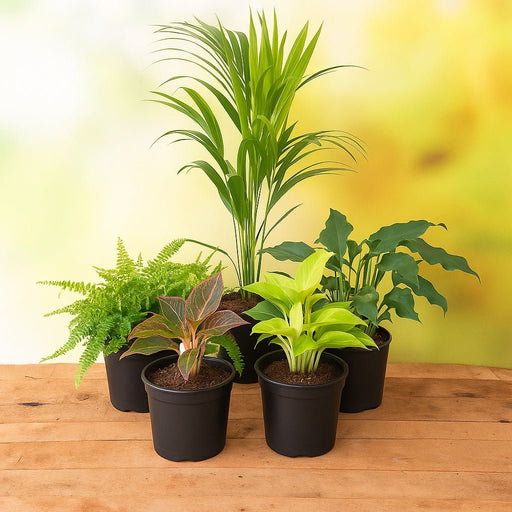Evergreen Plants for Hedges
Evergreen plants are a popular choice for hedges because they provide year-round privacy and screening. In this article, we'll explore some of the best evergreen plants for hedges and offer tips for growing them successfully.
Fast-Growing Plants for Hedges
If you want to create a hedge quickly, fast-growing plants are a good choice. In this article, we'll explore some of the best fast-growing plants for hedges and offer tips for growing them successfully.
Flowering Plants for Hedges
Flowering plants can add color and interest to your hedge, as well as attracting pollinators. In this article, we'll explore some of the best flowering plants for hedges and offer tips for growing them successfully.
Low-Maintenance Plants for Hedges
If you want a hedge that requires minimal care, low-maintenance plants are the way to go. In this article, we'll explore some of the best low-maintenance plants for hedges and offer tips for growing them successfully.
Tall Plants for Hedges
If you want a hedge that provides maximum privacy and screening, tall plants are a good choice. In this article, we'll explore some of the best tall plants for hedges and offer tips for growing them successfully.
Hedge Plants for Full Sun
If your hedge will be in full sun, it's important to choose plants that can tolerate these conditions. In this article, we'll explore some of the best hedge plants for full sun and offer tips for growing them successfully.
Hedge Plants for Partial Shade
If your hedge will be in partial shade, it's important to choose plants that can tolerate these conditions. In this article, we'll explore some of the best hedge plants for partial shade and offer tips for growing them successfully.
Hedge Plants for Clay Soil
If you have clay soil, it's important to choose plants that can tolerate these conditions. In this article, we'll explore some of the best hedge plants for clay soil and offer tips for growing them successfully.
Hedge Plants for Sandy Soil
If you have sandy soil, it's important to choose plants that can tolerate these conditions. In this article, we'll explore some of the best hedge plants for sandy soil and offer tips for growing them successfully.
Hedge Plants for Moist Soil
If you have moist soil, it's important to choose plants that can tolerate these conditions. In this article, we'll explore some of the best hedge plants for moist soil and offer tips for growing them successfully.
Hedge Plants for Dry Soil
If you have dry soil, it's important to choose plants that can tolerate these conditions. In this article, we'll explore some of the best hedge plants for dry soil and offer tips for growing them successfully.
Hedge Plants for Windy Areas
If your hedge will be in a windy area, it's important to choose plants that can tolerate these conditions. In this article, we'll explore some of the best hedge plants for windy areas and offer tips for growing them successfully.
Hedge Plants for Coastal Areas
If your hedge will be in a coastal area, it's important to choose plants that can tolerate salt spray and other coastal conditions. In this article, we'll explore some of the best hedge plants for coastal areas and offer tips for growing them successfully.
Hedge Plants for Small Gardens
If you have a small garden, it's important to choose plants that won't outgrow the space. In this article, we'll explore some of the best hedge plants for small gardens and offer tips for growing them successfully.
Hedge Plants for Wildlife Habitat
Hedges can provide habitat and food for wildlife, such as birds and insects. In this article, we'll explore some of the best hedge plants for creating a wildlife habitat and offer tips for growing them successfully.
Hedge Plants for Formal Gardens
Formal gardens often feature hedges that are clipped into precise shapes and sizes. In this article, we'll explore some of the best hedge plants for formal gardens and offer tips for growing them successfully.
Hedge Plants for Informal Gardens
If you want a hedge that has a more natural, relaxed appearance, informal hedge plants are a good choice. In this article, we'll explore some of the best hedge plants for informal gardens and offer tips for growing them successfully.
Hedge Plants for Winter Interest
Hedges can provide visual interest during the winter months, even when other plants have gone dormant. In this article, we'll explore some of the best hedge plants for winter interest and offer tips for growing them successfully.
Hedge Plants for Fragrance
Some hedge plants have fragrant flowers or foliage that can add a pleasant scent to your garden. In this article, we'll explore some of the best hedge plants for fragrance and offer tips for growing them successfully.
Hedge Plants for Screening
Hedges are often used for privacy and screening, so it's important to choose plants that are dense and can grow tall enough to provide the desired level of screening. In this article, we'll explore some of the best hedge plants for screening and offer tips for growing them successfully.

































































